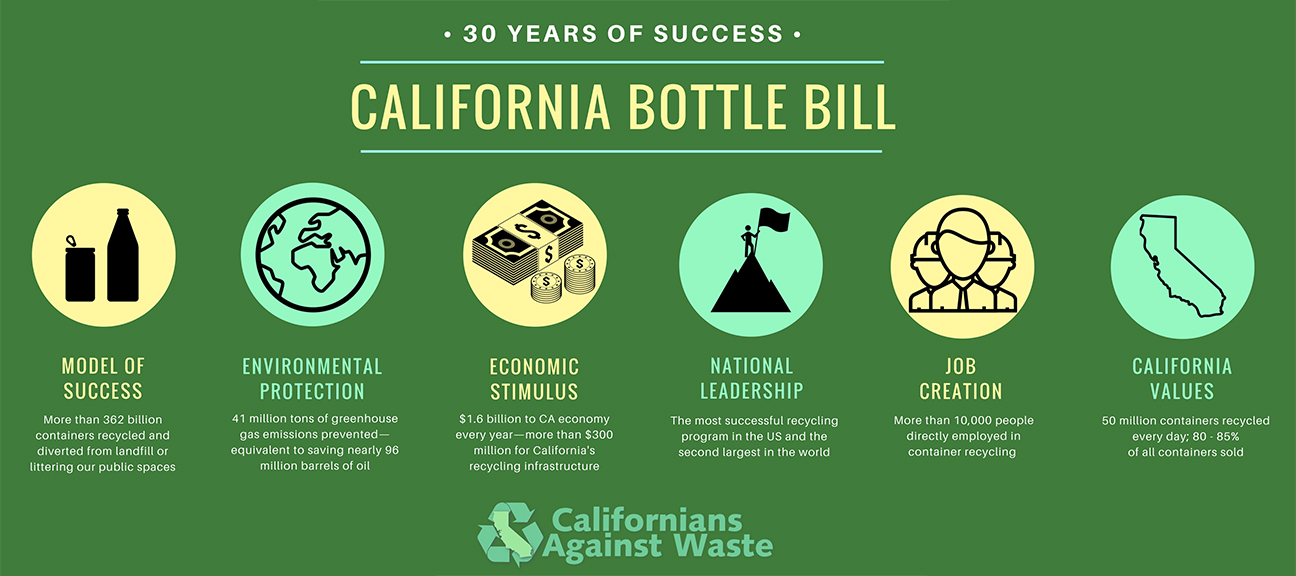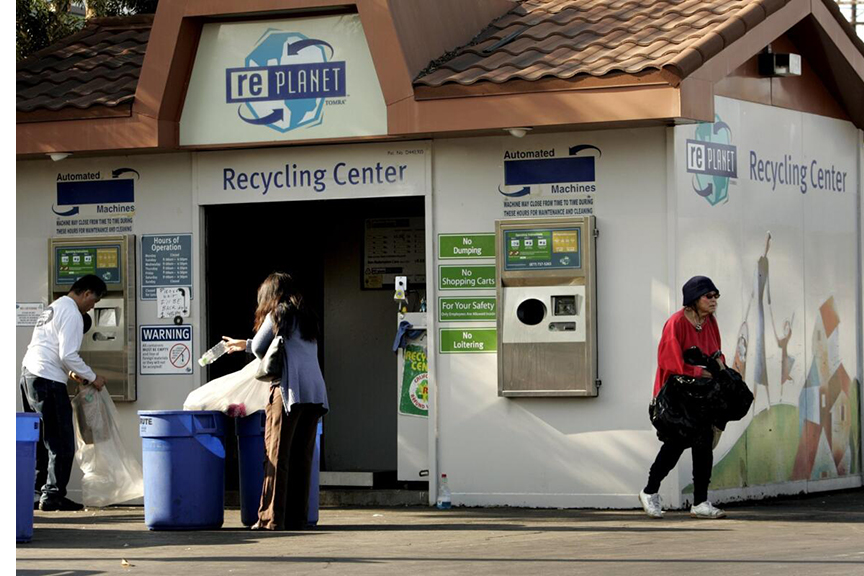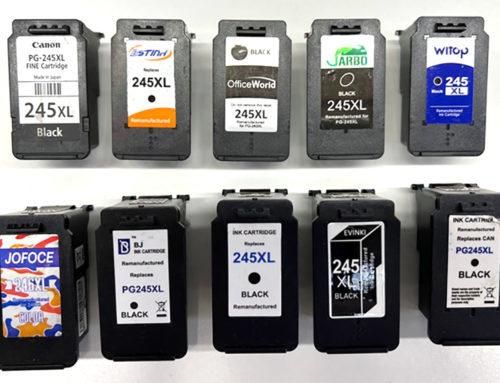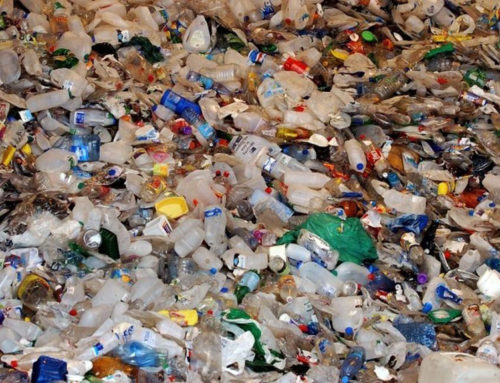California has long grappled with the recycling of plastic bottles, cans, and glass bottles, as confusion among residents and inconsistent recycling practices have contributed to the issue. However, recent changes to California’s bottle recycling law, signed by Governor Gavin Newsom, aim to tackle these challenges head-on. Senate Bill 353, introduced by Senator Bill Dodd, seeks to revitalize the state’s beverage container recycling program and reduce the volume of plastic and glass waste ending up in landfills. This progressive legislation will not only expand the types of containers covered by the recycling law but also provide much-needed support for rural recycling options, enhance market stability, transparency, and overall recycling efficiency.
Senate Bill 353 is a significant step forward in California’s sustainability efforts. The law introduces a comprehensive expansion of the types of containers included in the state’s bottle recycling program. Specifically, it now covers 100 percent fruit juice and vegetable juice containers, adding an estimated 200 million additional containers to the recycling stream annually. This expansion recognizes the importance of recycling not only popular beverages but also healthy alternatives.
In addition to broadening the range of recyclable containers, SB 353 addresses the need to improve recycling access, particularly in rural areas. The law allocates new ongoing funding to support rural recycling options, making it easier for consumers to redeem their deposits. This essential step enhances recycling rates and empowers communities that may have previously lacked convenient recycling facilities.

Stabilizing the Recycling Market:
One of the key innovations in this legislation is the adjustment of payment calculations for recyclers. Instead of the previous annual schedule, SB 353 mandates a quarterly payment schedule, providing greater stability for recyclers and reducing their vulnerability to market fluctuations. This change will encourage more players to participate in the recycling industry, further reducing the burden on landfills.
The new law also focuses on transparency in recycling metrics. It empowers the Department of Resources Recycling and Recovery to enhance its measurement and reporting processes, fostering a deeper understanding of California’s recycling performance. This clarity will assist policymakers and organizations in making data-driven decisions to improve recycling efforts. Furthermore, SB 353 allows for critical efficiency improvements, enabling the recycling process to become more streamlined and effective.
Support for the law has been overwhelming, with various stakeholders expressing their enthusiasm for its potential impact. Mark Murray, Executive Director of Californians Against Waste, emphasizes that this measure will increase consumer opportunities to recycle and receive cash back for empty containers, offering common-sense updates to the CRV program. Sally Houghton, Executive Director of Plastic Recycling Corporation of California, commends the expansion of the bottle bill, highlighting how it will drive efficient recycling processes and encourage the transformation of recycled materials into new bottles.
California’s new bottle recycling law, SB 353, is a significant milestone in the state’s ongoing efforts to reduce waste and enhance recycling initiatives. By expanding the types of containers covered, improving access to recycling facilities, stabilizing the market, and increasing transparency and efficiency, the state is setting a positive example for environmental sustainability. These measures will not only reduce the amount of recyclables going into landfills but also provide a much-needed boost to recyclers, particularly those in rural and underserved communities. With this progressive legislation, California is taking a giant leap toward achieving its recycling goals and creating a cleaner, more sustainable future.






